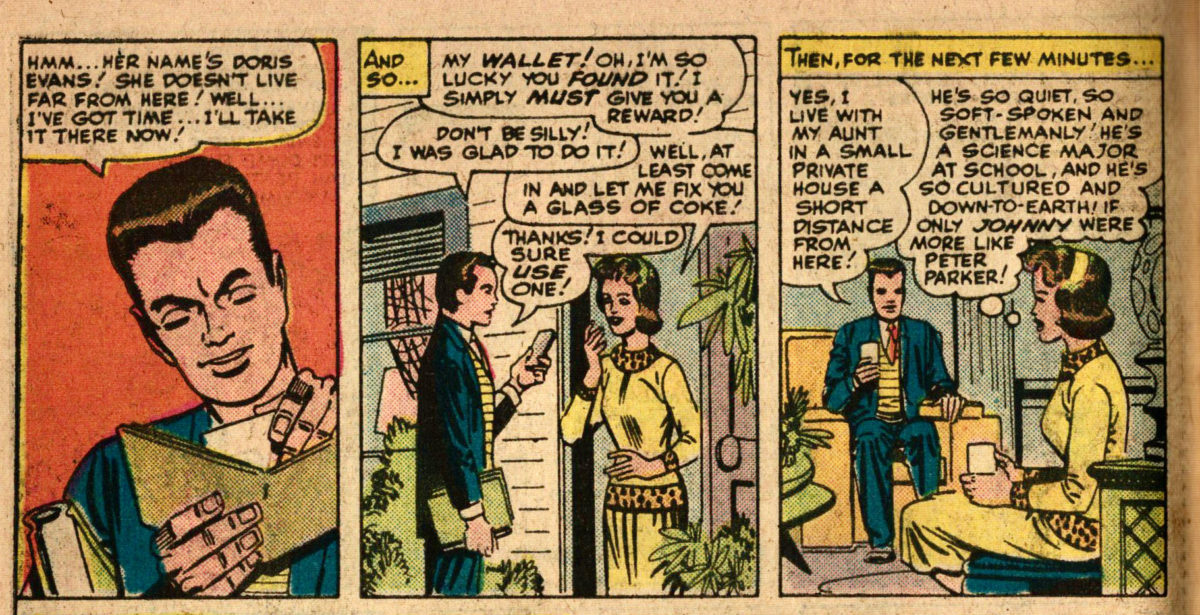Featuring: Tales of Asgard
Release: March 3, 1964
Cover: May 1964
12 cents
A tale told in splendor by: Stan Lee
A drama drawn in glory by: Jack Kirby
Inked by: Don Heck
Lettering: Art Simek
5 pages

I appreciate that the Tales of Asgard stories are willing to try different things. The initial offerings concerned Odin and the early days of creation. Then we got a series of stories about Thor as a youth. Now we will get a series focused on Heimdall. Stories about Balder will follow. The series feels it has the freedom to explore a variety of characters and eras of Asgard.
Heimdall was briefly introduced to us in Journey Into Mystery #85, where we learned he was the Warder of the Bifrost. We are given the general sense that he is very good at his job and that almost nothing slips past him. However, we haven’t seen much evidence of that. Indeed, we’ve seen Loki fool him twice. In issue 88, Loki disguised himself as a snake to escape Asgard. In an ancient tale told in issue 101, young Loki created a hole in Asgard’s defenses without Heimdall realizing it.

We now learn the story of how Heimdall was awarded his post. The right to stand eternal watch at a station is not something I would have competed for, but Heimdall did. Agnar the Fierce and Gotron the Agile both presented their cases to Odin. But they could not compete with Heimdall’s heightened senses. He could hear a plant growing far away in hills thought to be barren, and his eyes that can scan time and space could see an approaching army of Storm Giants still two days away.
Continue reading “Journey Into Mystery #104, Story C”

































